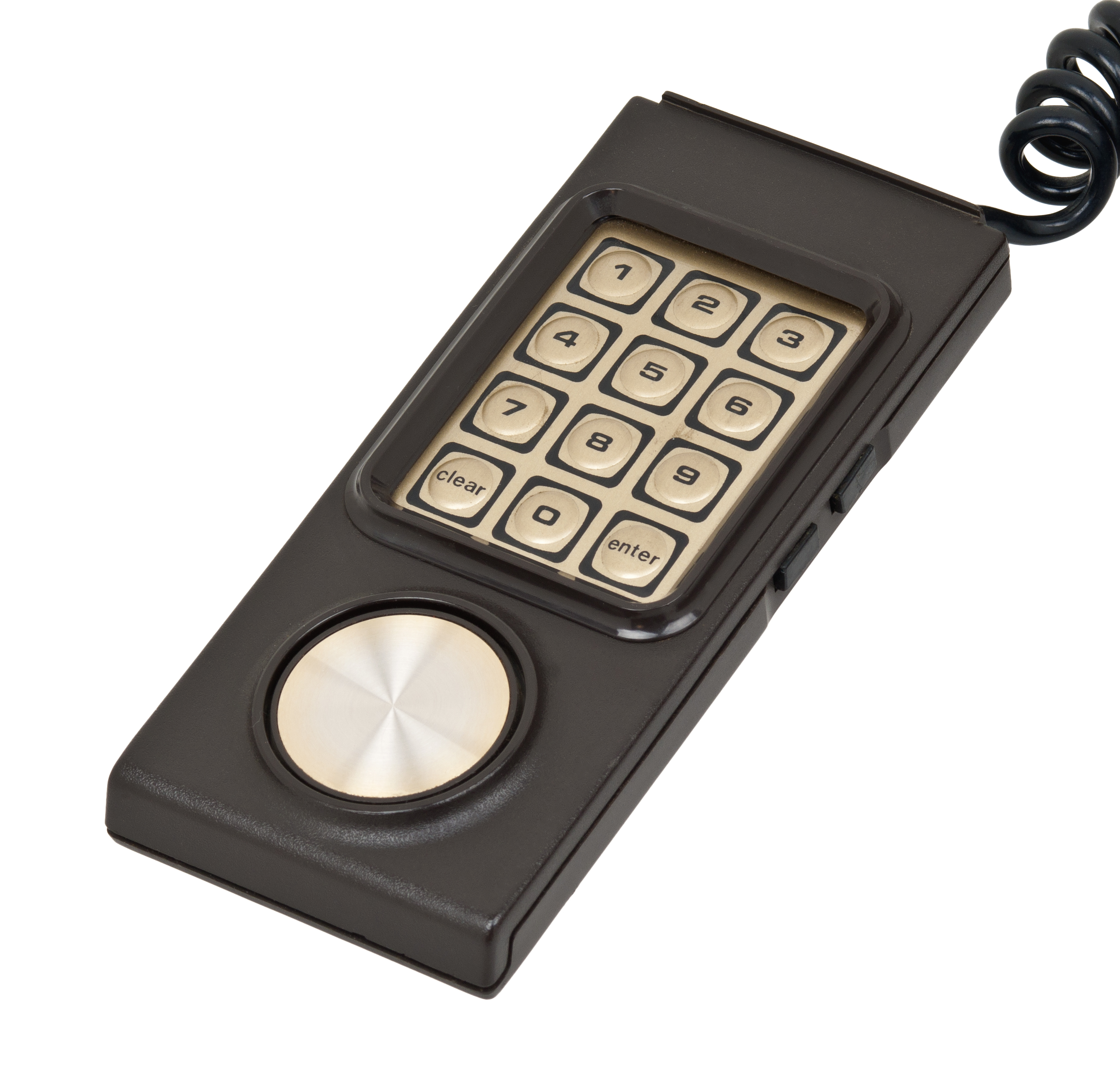I couldn’t get into the Intellivision games on the Intellivision Lives! Collection on PS2, but I did on the DS version. The reason is the touch screen which serves perfectly as the key pad from the original Intellivision controller.

The key pad is an essential part of most Intellivision games, and if you don’t have an option to use it efficiently, you really lose the accessibility of these games. The PS2/Xbox collection’s layout was confusing and the Game Room Intellivision games on Xbox 360 were better, but still not as intuitive as they should’ve been. The DS? Perfect!
It’s also dawned on me that a lot of Intellivision games make me think of PC games. Especially when comparing them to their competitors on Atari 2600 and ColecoVision. These Intellivision games are much more complicated, requiring at least a quick read of the instructions to play. When did you ever need to read anything for games on Atari’s or Coleco’s systems. Never is the answer. The Intellivision’s controller has a lot of inputs: a disc for 16 directions of movement, four side buttons, and a full numeric keypad with overlays so you could know what function was assigned to what number. The Atari’s had two: the joystick and one button. The ColecoVision’s controller was very similar to the Intellivision’s but with a joystick instead of a disc, but I swear, I don’t remember ever using the keypad for much if anything. Intellivision’s keypad was essential for almost every game. This is why it is so important for an Intellivision collection to get its control scheme right and the DS does it.
Here’s the first of several games I thought were fun to play.
B-17 Bomber

With a quick read of the instructions and the key pad designations right there on the touch pad, I jumped right in and understood what to do right away in this, for its time, very detailed video game. It resembles an in-depth flight sim game but just simplified. First you select how many bombs you want to load which affect how much fuel you consume (I didn't do this because I wanted to jump right in a play, but it's kind of essential if you're going for a high score). Then you manually take off controling elevation and speed. You have to remember to conserve fuel for your trip from Britain to Europe and the bombing sites by controlling throttle. Go balls-to-the-wall the whole way, and you'll crash, having spent all your fuel just getting to the bomb site. To get to your target, you select one on the map screen and your plane flies there automatically, but you can still change speed and direction on the fly.

Along the way you are attacked by enemy fighters and have to shoot them by selecting one of the four machine guns pointed in each of four directions on the touch pad. Then your screen changes to that view and you shoot at the fighters arcade style. The electronic voice in the game alerts you to what direction the enemy is approaching. At the time the voice feature was unique to home video games. It’s a pretty crude and fuzzy voice, but you can still hear what’s being said.

Then you’re alerted to the approach of the bombing site, which can be anti-aircraft, airports, factories or ships, and then open the bomb bay doors and drop your bombs, looking at the target from above. Then you can select another target on the map screen, or decide to head back if you are running out of fuel.
You are also attacked by flak from ground based anti-aircraft artillery. You can switch to the pilot screen and steer around the puffs of smoke.
Basically this game works and plays great on the DS. B-17 Bomber combines simulation, strategy, and action gameplay seemlessly and makes you think a little bit about the harrowing journey those airmen of WWII made to free Europe.








Comments